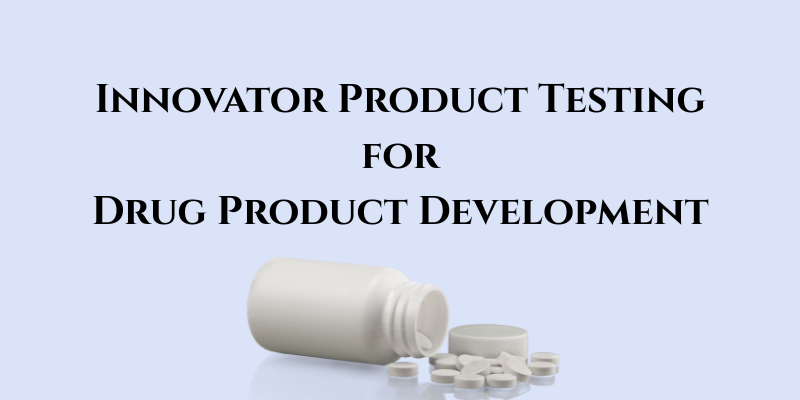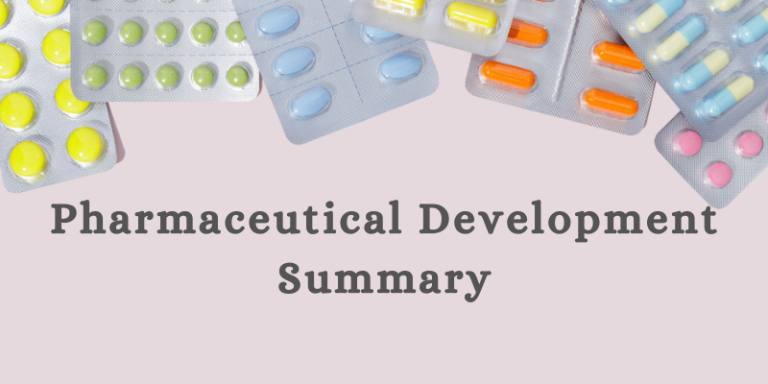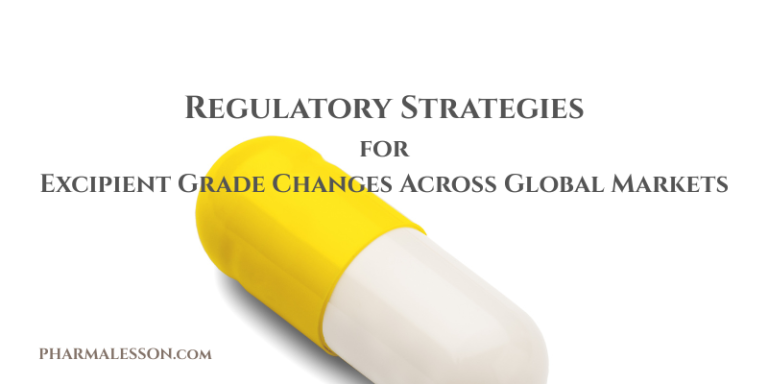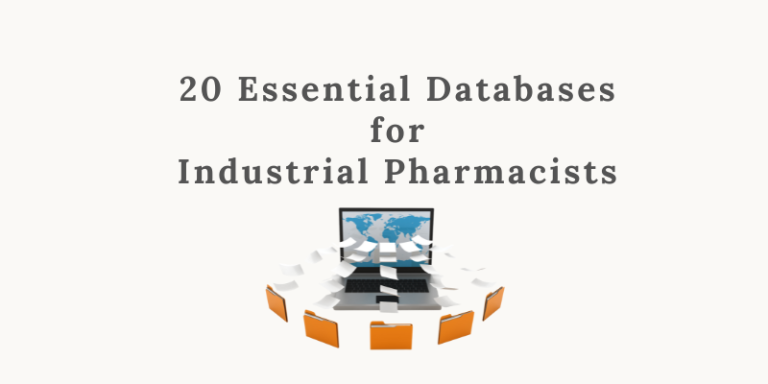Innovator Product Testing for Drug Product Development
Every successful generic drug starts with one essential step — understanding the innovator.
Innovator Product Testing is where science meets strategy. Before formulation begins, this stage provides a complete technical blueprint of the reference product. Here’s what it entails:
1. Physical Testing — More Than Just Dimensions
We analyze the innovator tablet for:
- Weight, Thickness, Hardness
- Loss on Drying (LOD), Friability, Disintegration Time
- Punch dimensions, tablet embossing, break score
These parameters guide core formulation and compression settings.
2. Formula Insight — What’s Really Inside
We compare against databases like:
- PDRs from international markets (Swiss, French, Italian)
- FDA’s FOI data (Orange Book)
- Analytical reverse engineering to identify excipients and quantities.
This helps recreate the qualitative and quantitative composition (Q1/Q2 match) if aiming for a biowaiver.
3. Microscopic Characterization — The Hidden Identity
- Particle shape and crystal habit reveal excipient types
- Cross-linked starch vs. Avicel, for example, can be distinguished visually
- Even seemingly minor excipient differences can alter bioavailability.
4. Biostudy Parameters — Begin with the End in Mind
- Review CDER guidance on listed biostudies
- Identify PK endpoints, food effects, and variability upfront
Aligning formulation decisions with BE strategy avoids expensive reformulations later.
5. Dissolution Profiling — Data that Speaks
- Use USP monographs and FDA-recommended methods
- Perform 12-unit comparative dissolution against RLD
Dissolution profiles are not just QC tools — they’re regulatory dealmakers.
Why This Matters:
- This stage is your compass for development.
- It reduces risk, aligns expectations, and shortens timelines.
Remember: You can’t build a great generic without dissecting a great innovator.
Read also:
Resource Person: Moinuddin syed. Ph.D, PMP®







